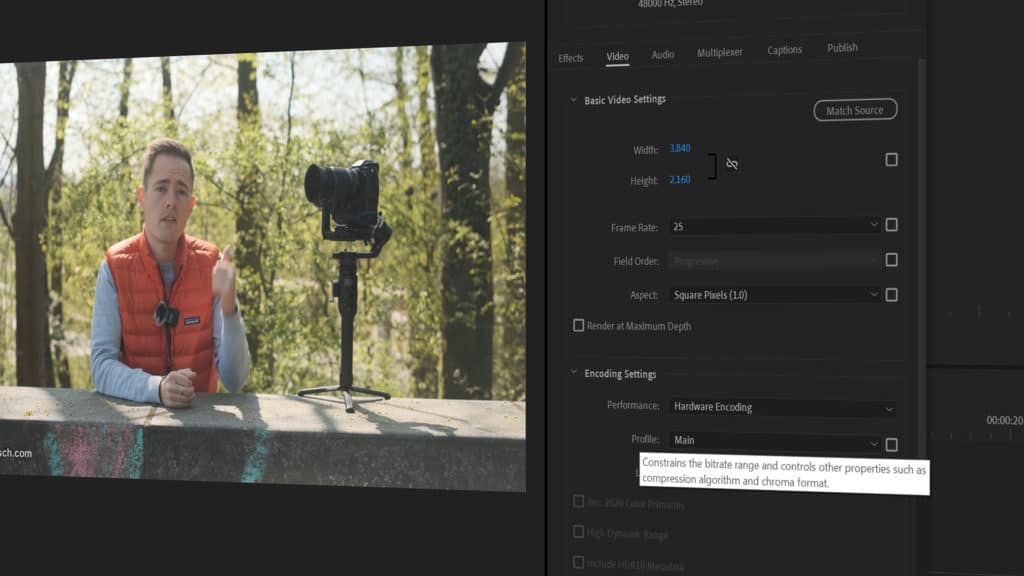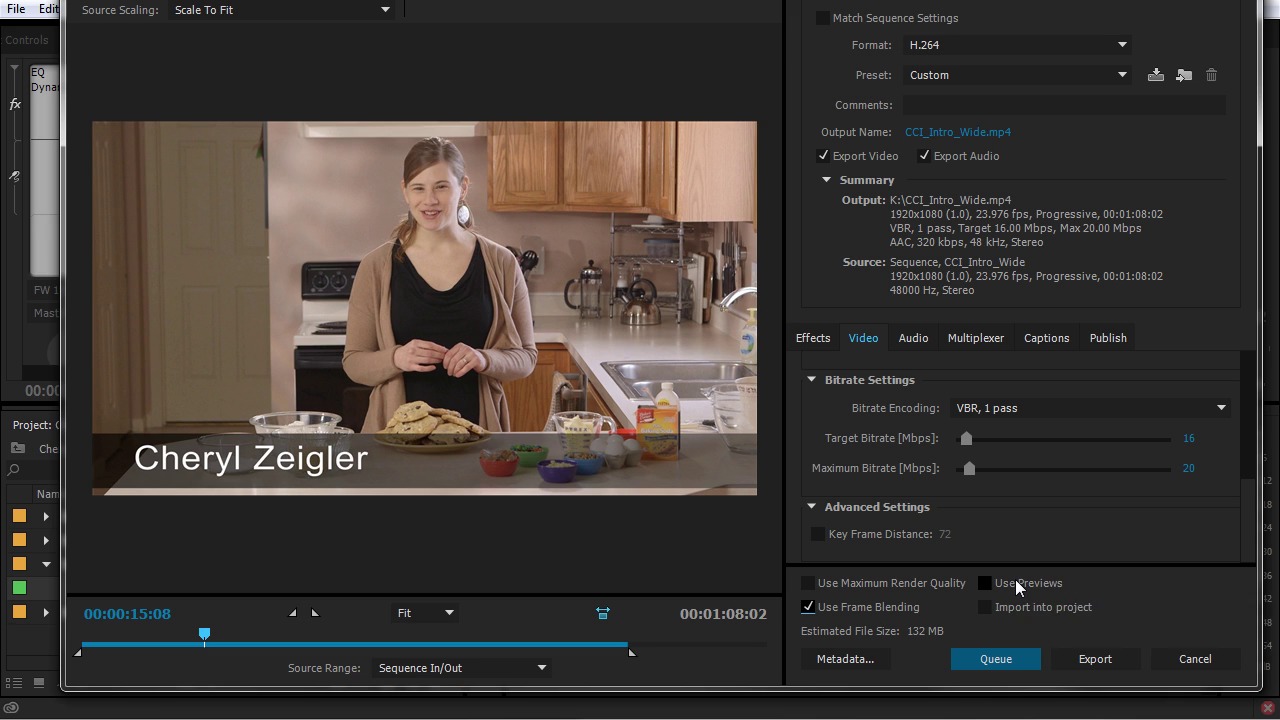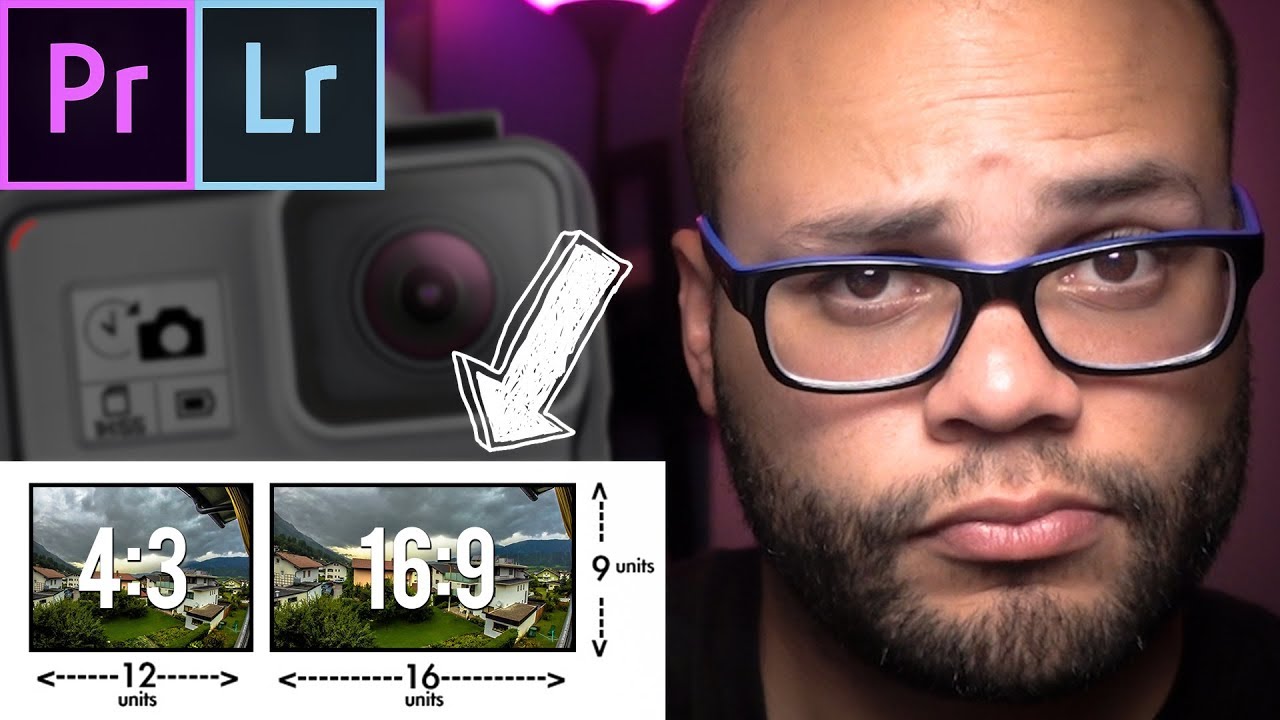

- HOW TO COMPRESS A VIDEO PREMIERE HOW TO
- HOW TO COMPRESS A VIDEO PREMIERE FULL
- HOW TO COMPRESS A VIDEO PREMIERE PRO
HOW TO COMPRESS A VIDEO PREMIERE PRO
They all have a meaning for how accurately Premiere Pro can playback that part of the timeline.

Sometimes there may be no coloured line at all and then other times there will also be a green line there. You will have noticed when adding a clip to the timeline that sometimes Premiere Pro will show a yellow or red line above it on the timeline. So, What Do the Colors at the Top of the Timeline mean? Premiere Pro Render Status Colors If changes are made Premiere will need to re-render to create a new Preview file. It will play this version of the clip every time thereafter so long as no changes are made to that clip, nest or adjustment layers. When Premiere has rendered a preview file it will use this new file to playback with rather than referencing the original media file and un-rendered effects. Rendering part or all of your timeline means that Premiere Pro will go and export a version of that clip or timeline in the background for its own use in playback. This especially true if it’s having to reference media on a slow drive, hasn’t got great hardware, playing back very high resolution files or having to negotiate a very intensive effect on top of a clip. When you start adding effects and transitions into the mix then Premiere Pro can have a difficult time keeping up with the task of playing back in real time. This is where we start to see lagging during playback. This helps keep project file sizes small and manageable but the downside is that Premiere Pro is then very much dependent on your computers hardware specs and the media type you have given it to use rather than its own codec it knows it can playback properly. You can throw anything onto the timeline, from anywhere on your computer and get editing. This is what makes Premiere such a quick editing program to get started with.

When you import media into a project, Premiere Pro doesn’t copy this media anywhere or ingest it into a different codec, it references it directly from its stored location. Why Do You Need to Render and What Does Rendering Do? You can now head to Sequence-> Render In to Out or Sequence-> Render Selection.Īlternatively you can hit Return on your keyboard to render any effects in the timeline straight away. Select an area of your timeline you would like to render, either via the in and out shortcuts or by dragging a selection box around the area. The Quick Answer to Rendering in Premiere Pro How do I know what I’m talking about? Head to the DigiProTips Experience and Background page to find out how I’ve built up my knowledge over a career spanning feature film, broadcast TV and digital content production. I’ll show you how get the best performance in Premiere Pro CC with rendering right now.
HOW TO COMPRESS A VIDEO PREMIERE FULL
Rendering is a workflow that allows you to playback at full speed and quality but it does take a little time to do. Timeline with unrendered clips in Premiere Pro If any frames are being skipped, effects and transitions aren’t working or the playbar pretty much just stops when it gets to a red line above your timeline then your project needs rendering.
HOW TO COMPRESS A VIDEO PREMIERE HOW TO
Let’s take a look at how we do it right now.Īre you experiencing some strange playback issues or seeing an array of coloured lines above your timeline? Well, it’s probably worth knowing about rending in Adobe Premiere Pro and how to do it. Rendering in Premiere Pro is not only simple to do but it’s also a great habit to start getting in to.


 0 kommentar(er)
0 kommentar(er)
